Ho Chi Minh City Mr. Y, 63 years old, had severe spinal stenosis, causing back pain, numbness and weakness in the legs, difficulty walking. The doctor restored mobility after surgery.
Mr. Nguyen Ngoc Y has a history of spinal stenosis, which relapsed after a flight from the US to Vietnam. On October 30, Dr. Vu Ngoc Bao Quynh, Spine Department, Tam Anh General Hospital, Ho Chi Minh City, said that Mr. Y had severe stenosis at the L3/L4 spinal canal (the location of the 3rd and 4th lumbar vertebrae), the spinal canal area was significantly narrowed, only 1/5 compared to normal. This is a condition in which the space inside the spinal canal narrows, causing pressure on the nerve roots and spinal cord passing through the spine. If not treated promptly, the disease can lead to many dangerous complications such as loss of balance, sphincter disorders causing uncontrolled urination and defecation, paralysis, etc.
The doctor assessed that the patient's spinal degeneration was very serious, with the formation of bone spurs, fibrotic bone bridges, calcification of ligaments, causing compression of the neural canal and cauda equina.
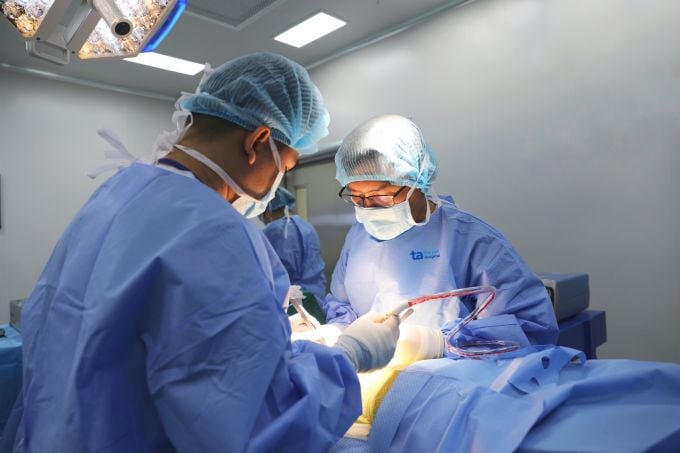
Doctor Quynh (right) during a spinal surgery. Photo: Tam Anh General Hospital
In 2.5 hours, the doctor removed degenerative components such as bone spurs, bone bridges, calcified ligaments, and replaced the disc, thereby completely decompressing Mr. Y's spinal canal. Doctor Quynh said that the bone spurs and degenerative bone bridges are very hard. To avoid the risk of nerve damage, leading to complications during surgery, the team used a high-speed grinding drill and an ultrasonic bone cutter to remove these components.
On the first day after surgery, Mr. Y was able to stand up and walk lightly, and the symptoms of nerve compression such as numbness, pain, and fatigue improved significantly. After three days, the patient was able to walk on his own and was discharged from the hospital.
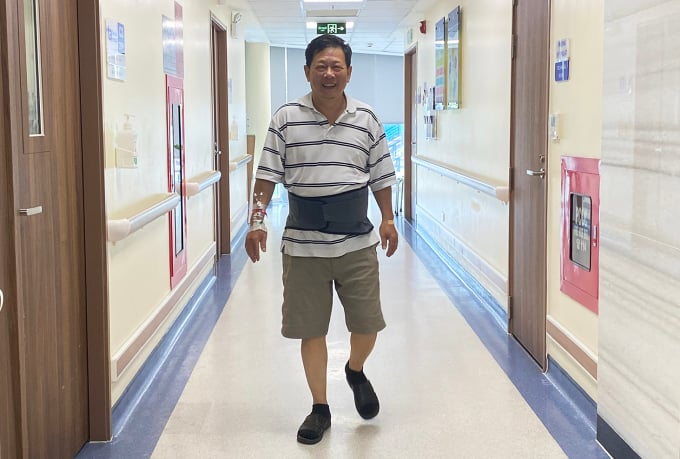
The patient walks and prepares to be discharged from the hospital three days after surgery. Photo: Tam Anh General Hospital
According to Dr. Quynh, spinal stenosis can occur at any age, but is most common in people over 50 years old. As the disease progresses, it can cause numbness, weakness in the limbs, and affect balance. Spinal degeneration, disc herniation, ligament thickening, spinal trauma, etc. can lead to spinal stenosis. The disease can be completely cured, so patients should see a doctor early if they detect symptoms to avoid dangerous complications.
Phi Hong
Source link










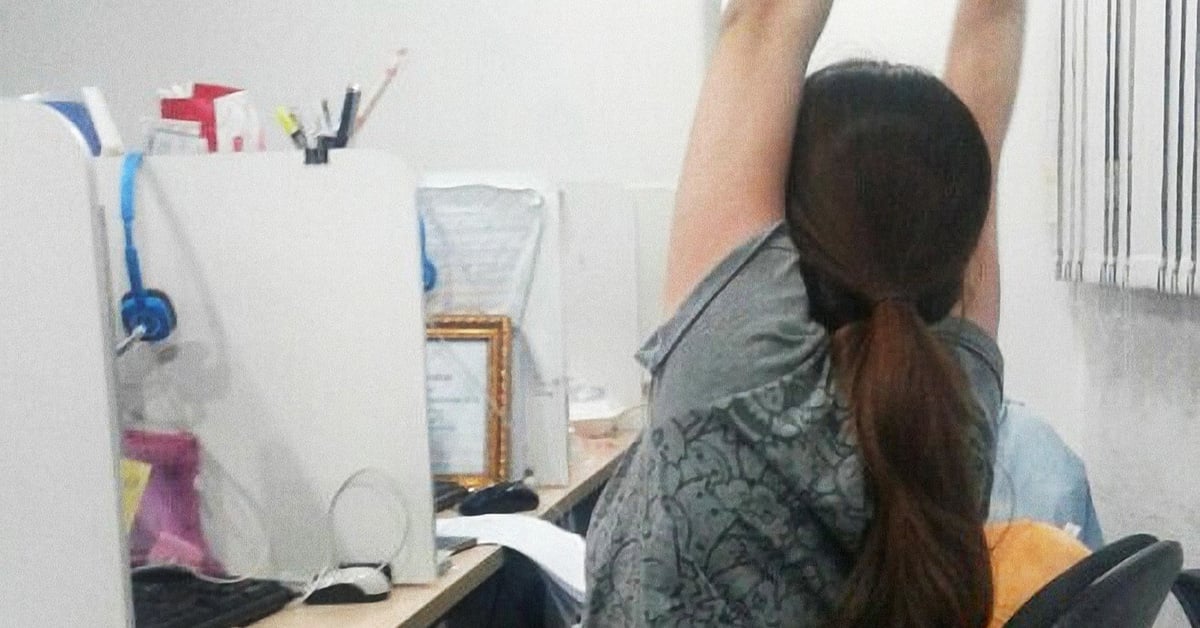

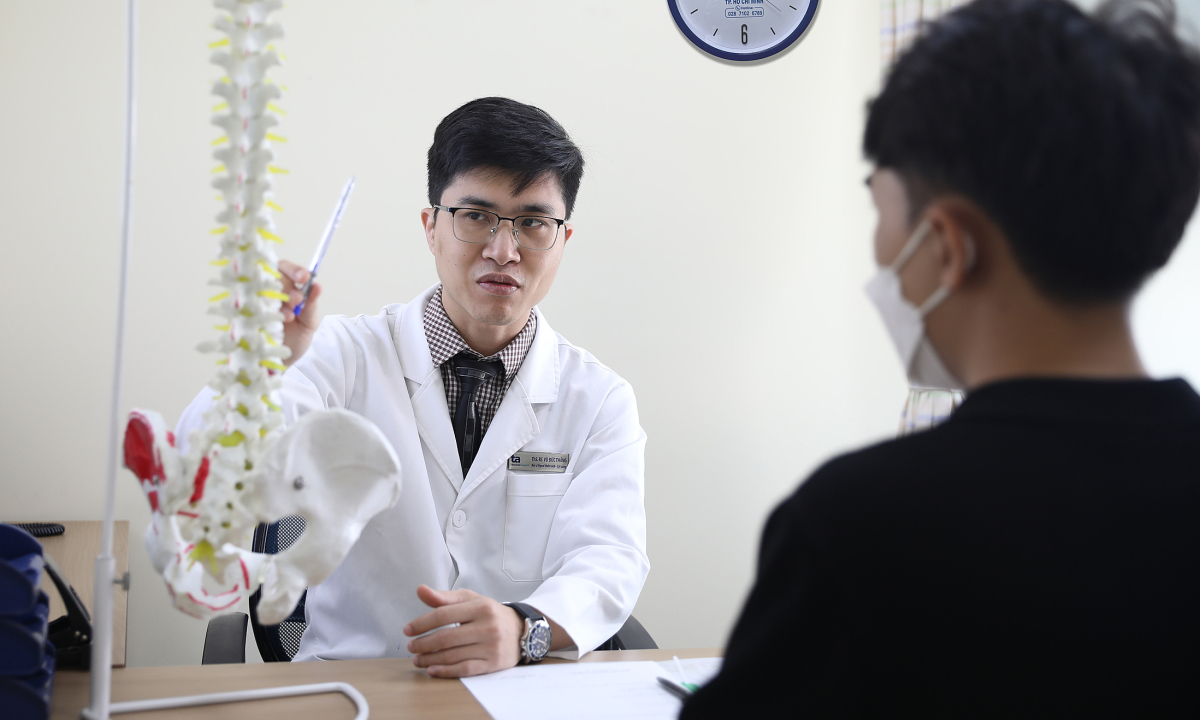
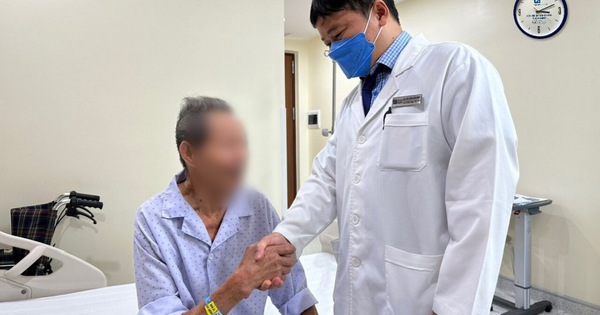



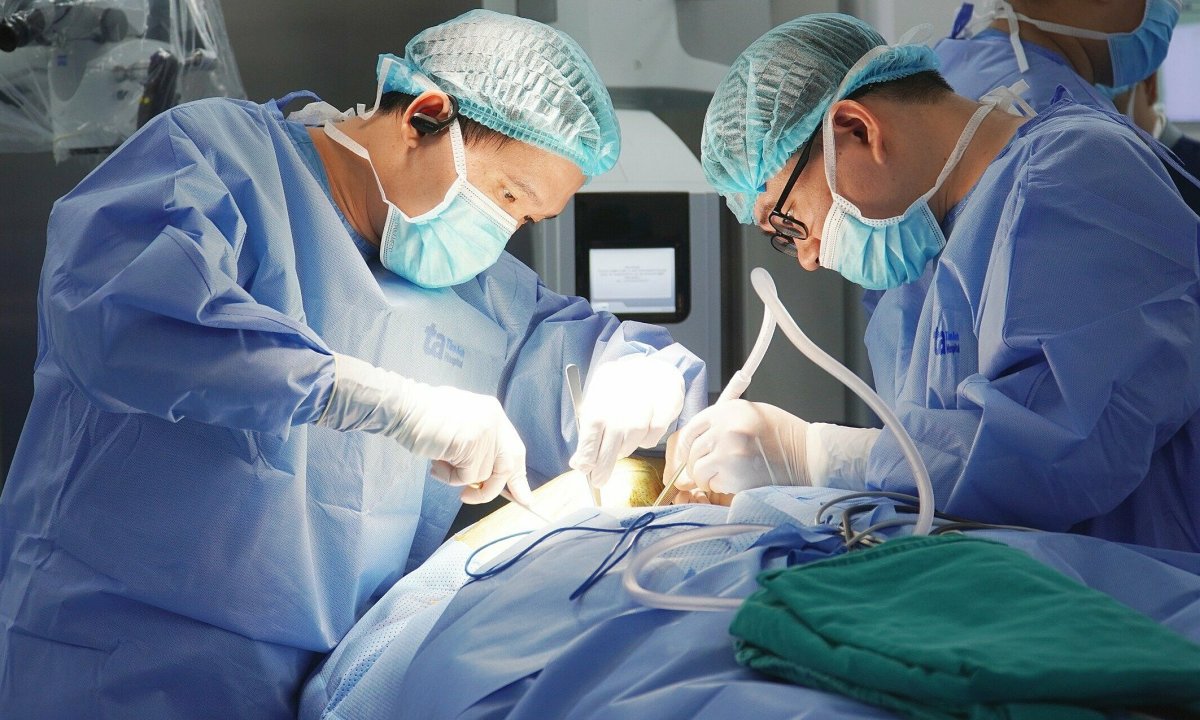
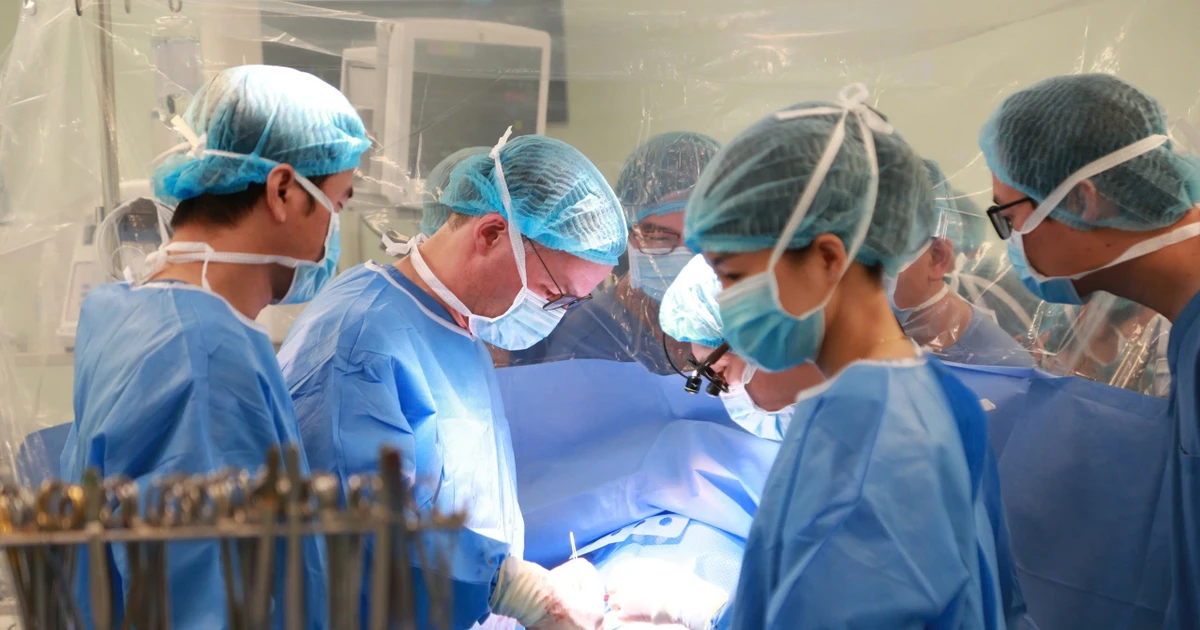
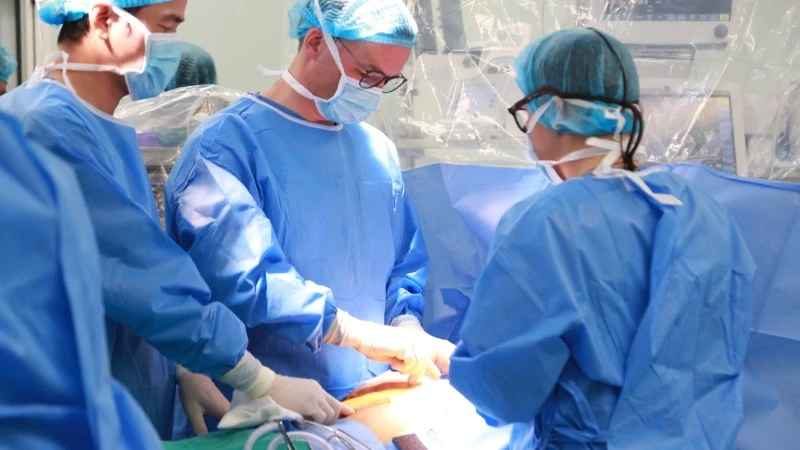
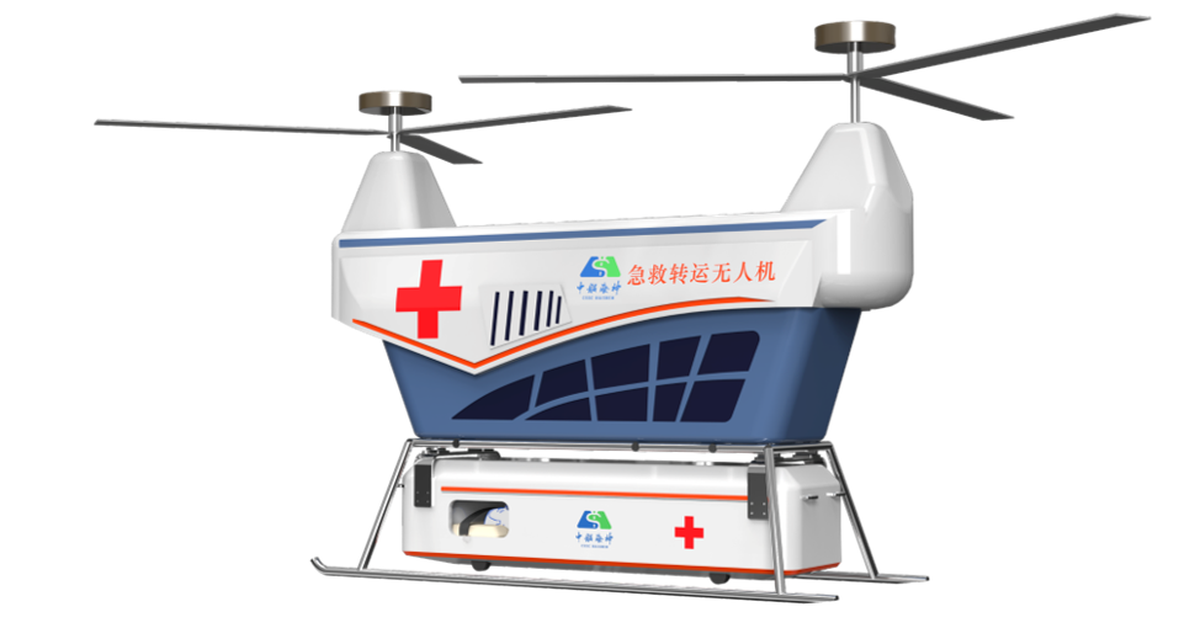
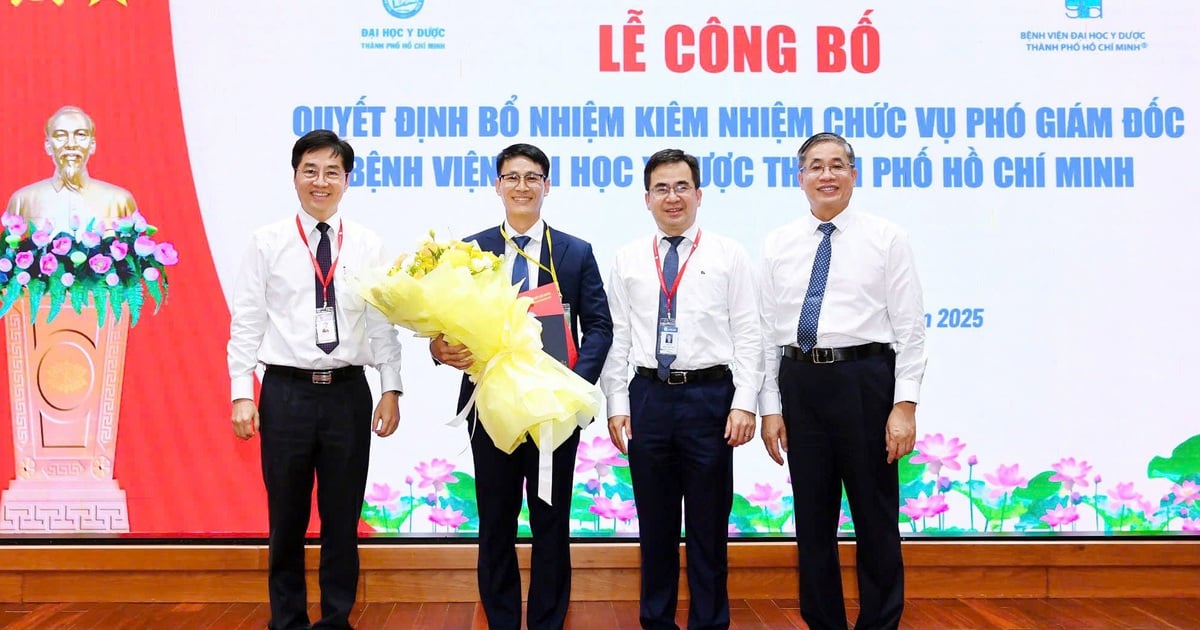












![[Photo] "Beauties" participate in the parade rehearsal at Bien Hoa airport](https://vstatic.vietnam.vn/vietnam/resource/IMAGE/2025/4/11/155502af3384431e918de0e2e585d13a)



























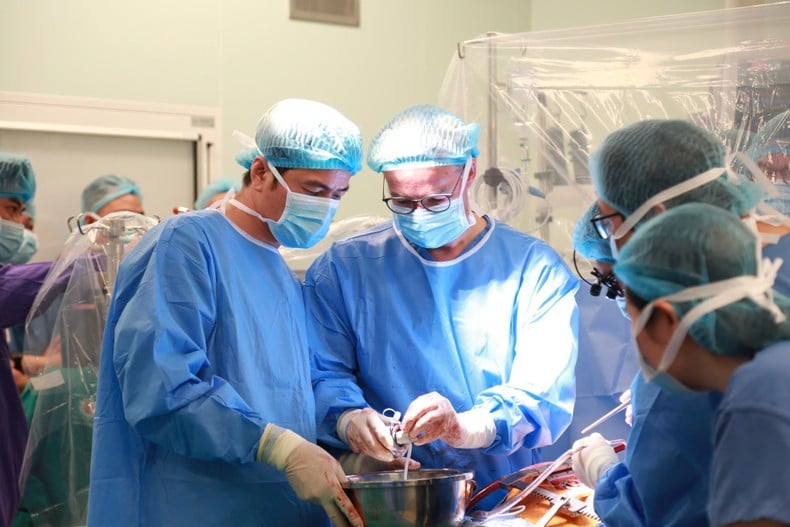


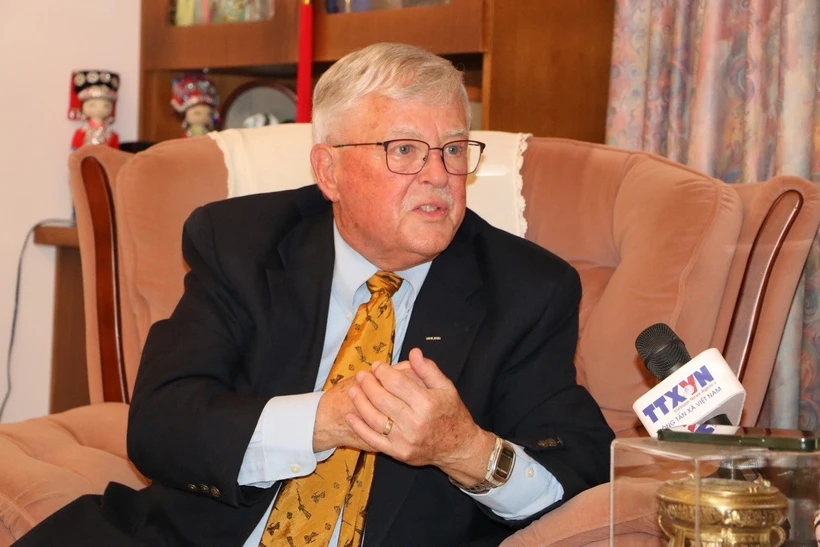












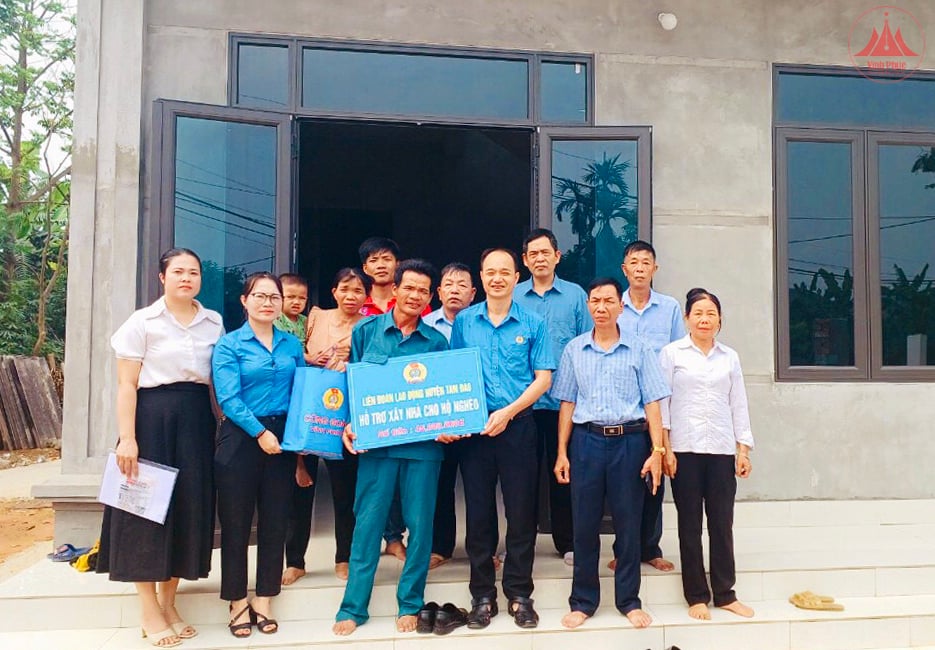


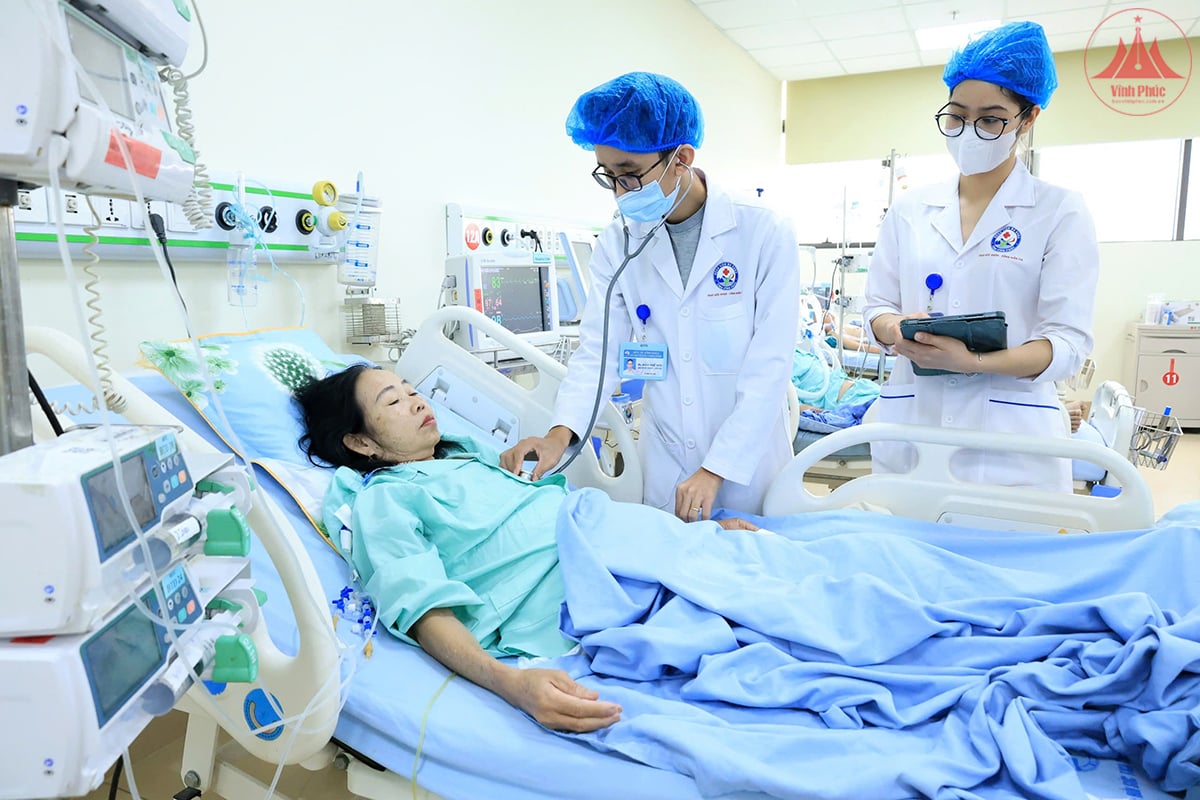
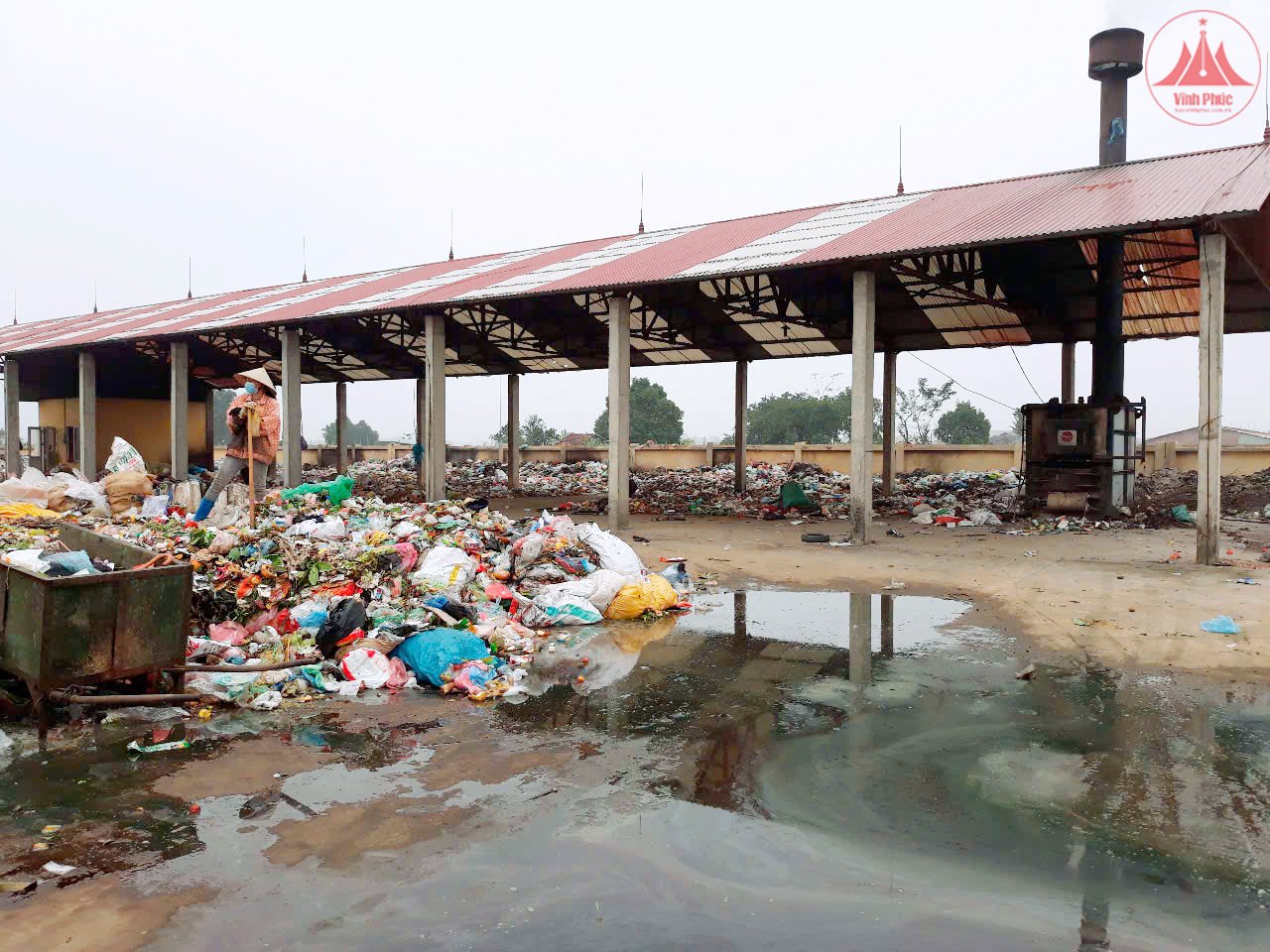
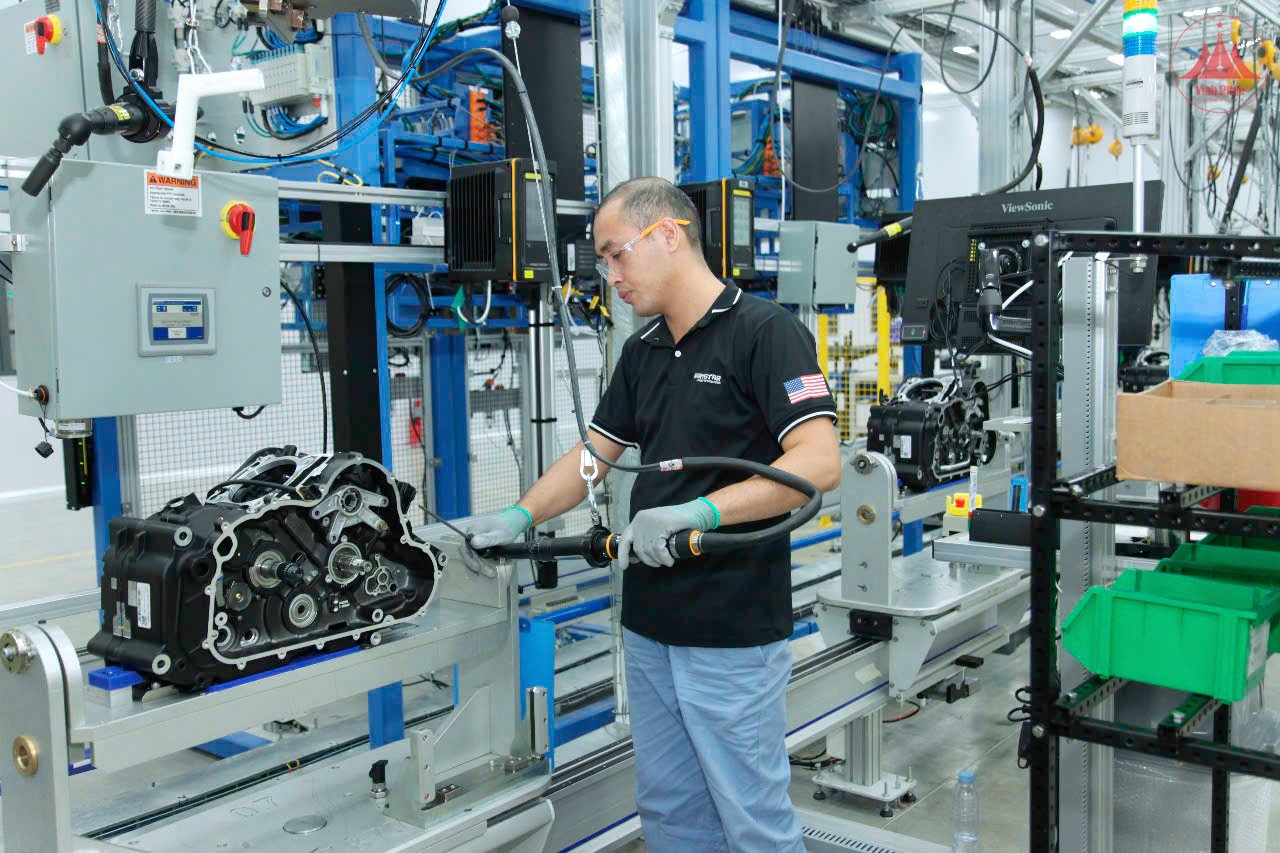












Comment (0)